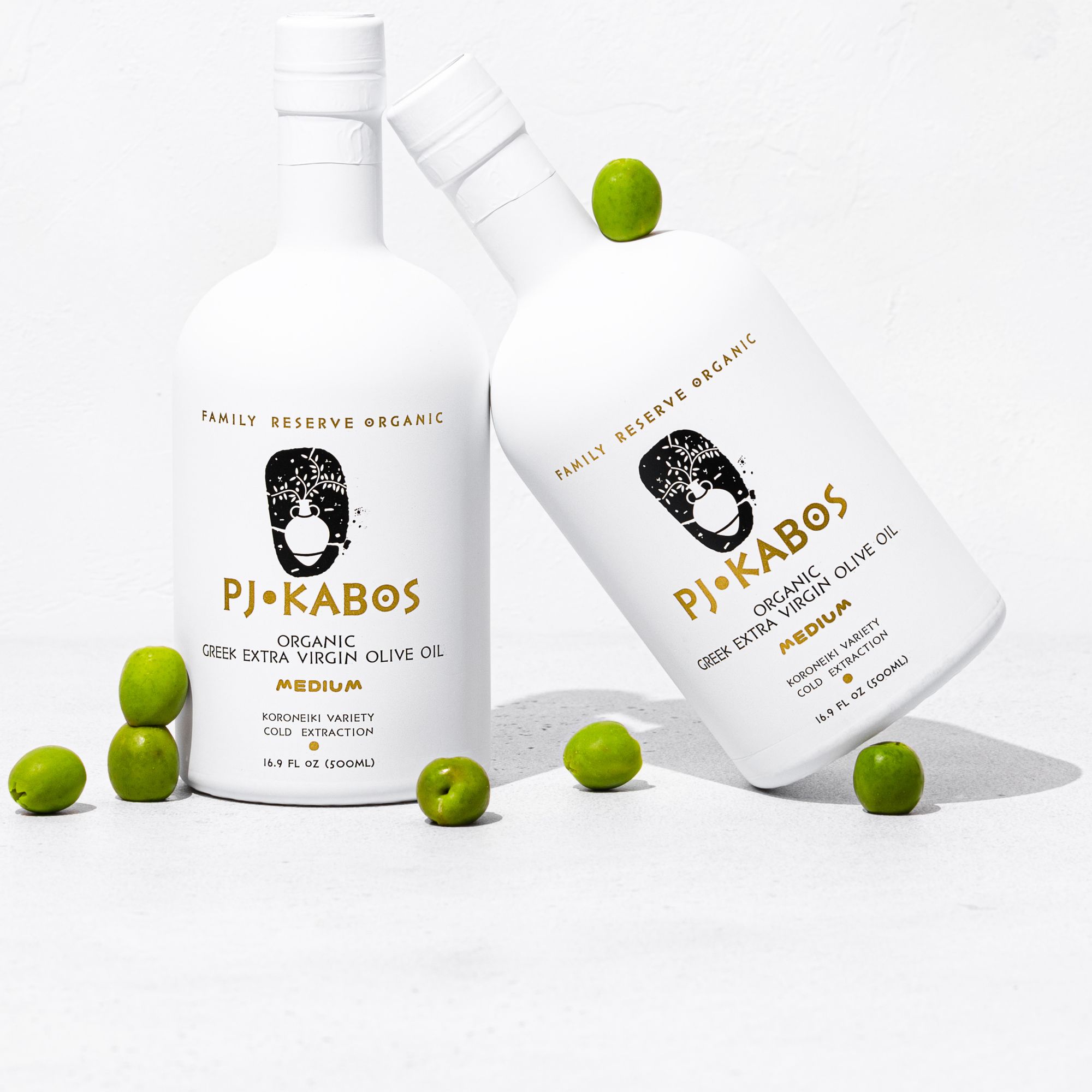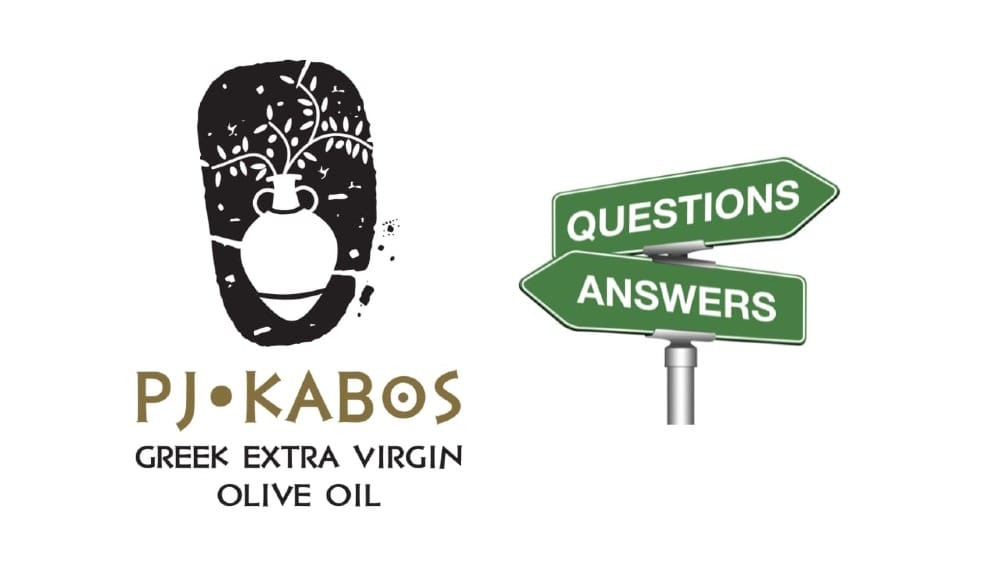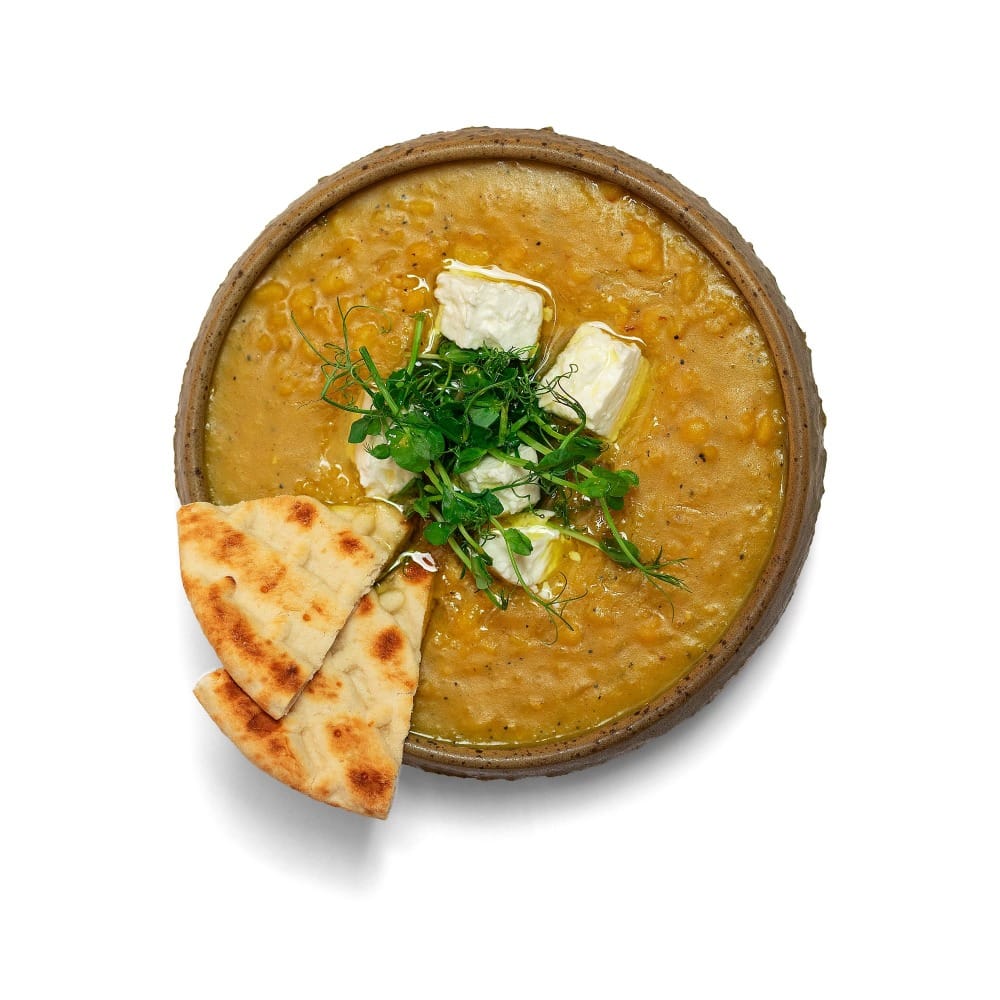Olive oil, a staple in kitchens worldwide, has been produced for thousands of years with a process that reveres both tradition and the delicate nature of the olive fruit. Understanding how olive oil is made provides insight into the different types and qualities of olive oil available on the market, and why some olive oils boast richer flavors, aromas, and health benefits than others. Here’s a step-by-step guide to how olive oil is made:
1. Olive Harvesting
What Happens:
- Olives are harvested once they reach optimal ripeness. This can be done by hand, using mechanical shakers, or other harvesting equipment.
Why It’s Important:
- The timing and method of harvesting impact the quality of the olive oil. Olives that are harvested gently and at the right time will produce higher-quality oil.
2. Cleaning and Washing
What Happens:
- The harvested olives are cleaned and washed to remove leaves, twigs, and other debris.
Why It’s Important:
- Clean olives ensure a purer, higher-quality oil.
3. Crushing
What Happens:
- The clean olives are crushed into a paste. Traditional methods use large stone wheels, while modern production typically uses steel hammers or blades.
Why It’s Important:
- This process releases the oil from the olive cells, preparing it for extraction.
4. Malaxation
What Happens:
- The olive paste is gently mixed, allowing oil droplets to combine and making the oil easier to extract.
Why It’s Important:
- Proper malaxation improves oil yield and can enhance the oil’s flavor and quality.
5. Oil Extraction
What Happens:
- The oil is separated from the paste, often using a centrifuge, which spins the paste to separate liquid (oil and water) from the solid pomace.
Why It’s Important:
- Efficient extraction is crucial for maximizing yield and ensuring the resulting oil retains its quality.
6. Oil Separation
What Happens:
- The oil is further separated from water and other particles, often through additional centrifugation or sedimentation.
Why It’s Important:
- This step ensures the purity and clarity of the olive oil.
7. Quality Testing and Classification
What Happens:
- The olive oil is tested for quality, acidity levels, and other chemical characteristics. It is then classified into various grades like extra virgin, virgin, or refined olive oil.
Why It’s Important:
- Quality testing and classification ensure the olive oil meets international standards and is properly labeled for consumers.
8. Bottling and Packaging
What Happens:
- The olive oil is bottled, often in dark glass or tin containers to protect it from light and oxidation.
Why It’s Important:
- Proper packaging preserves the olive oil’s flavor, aroma, and nutritional value until it reaches the consumer.
Conclusion
The process of making olive oil is a delicate, meticulous journey from tree to bottle. Each step, from harvesting to packaging, plays a crucial role in determining the oil’s final quality, flavor, and nutritional value. Understanding how olive oil is made enriches your appreciation for this liquid gold and empowers you to make informed choices when selecting olive oils for your culinary and health needs.
PJ KABOS 'Family Reserve Organic - Medium'
High Phenolic and 2022 Gold-Award Winner.
Declared as 'One of the World's Best Olive Oils'.
Click here to shop.




